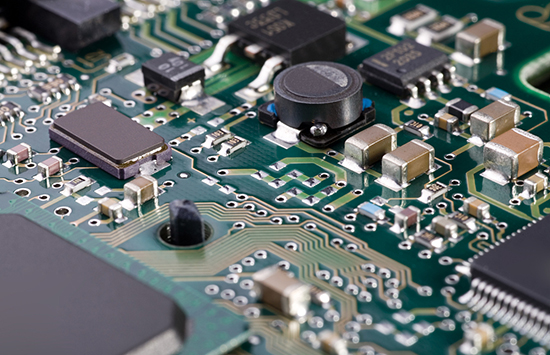How to Choose Flux for PCBA Processing
In PCBA factory, flux is an indispensable auxiliary material in the welding process. The quality of the welding effect is not only related to the quality of the welding technology, components and printed circuit boards, but also the selection of flux is very important. Do you know how to choose flux?

1. Performance requirements for flux
1) The flux need to have the characteristics of removing surface oxides, preventing re-oxidation and reducing surface tension, which is the basic performance that the flux must have.
2) The melting point should be lower than the solder. Before the solder melts, the flux must melt first to fully exert its fluxing effect.
3) The wetting and diffusion speed of flux is faster than that of molten solder.
4) The viscosity and density of flux are smaller than that of solder. A high viscosity will make wetting and diffusion difficult, and a high density will not cover the solder surface.
5) Welding beads should not be splashed during welding, and poisonous gases and strong irritating odors should not be produced.
6) The residue after flux welding needs to be easy to remove and must be non-corrosive, non-hygroscopic and non-conductive.
7) Flux should not touch your hands after welding, and it will not be easy to sharpen after welding. And it needs to be stable for storage at room temperature.
2. Selection of flux
In addition to meeting performance requirements, the selection of flux should also select different fluxes according to different welding objects and welding methods.
1) Different welding methods require different states of flux. Liquid flux should be used for wave soldering and paste flux should be used for reflow soldering.
2) When the welding object has good solderability, it is not necessary to use a highly active flux; but when the welding object has poor solderability, a highly active flux must be used. The most common flux used in PCBA factories is moderately active flux.
3) Different PCBA cleaning methods require different types of flux. If organic solvents are used for cleaning, they must be matched with organic or resin fluxes; if deionized water is used for cleaning, the flux must be washed with water; but if you choose the no-clean method, you can only use no-clean flux with a solid content of 0.5% to 3%.
HoYoGo is an international, professional and reliable PCBA factory. Our management team has an average 25 years of industry experience. We also have 2 factory production bases with a monthly production capacity 500,000sqm. With our own rich experience, production capacity and resource, we can provide you with one-stop service from small to large volume production.
评论
发表评论